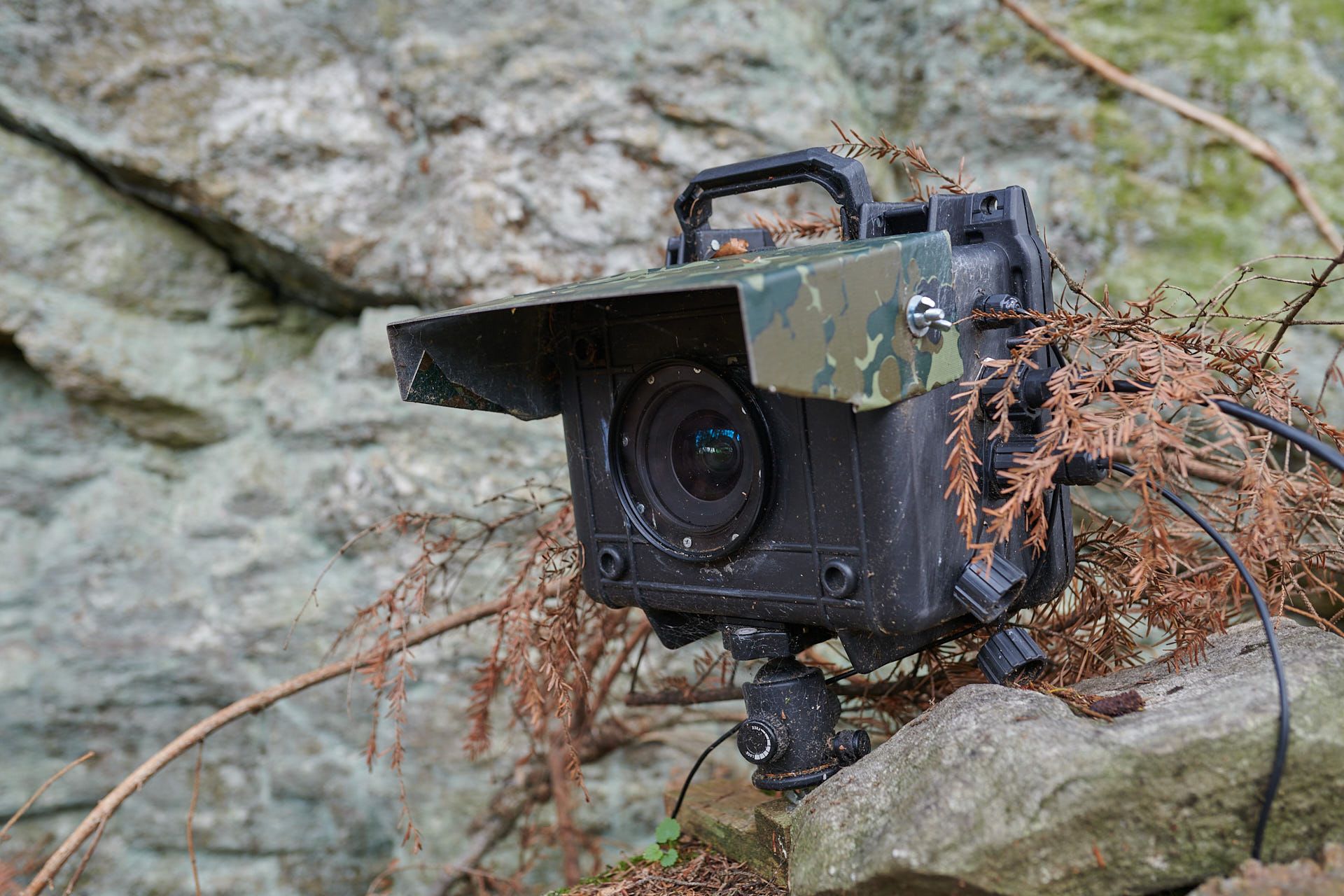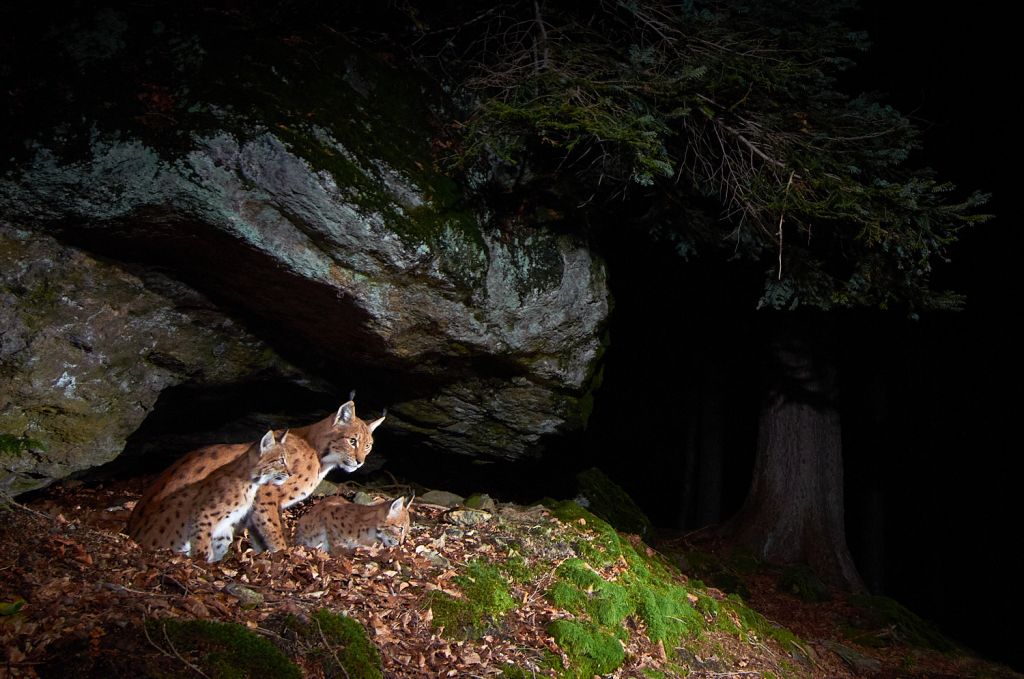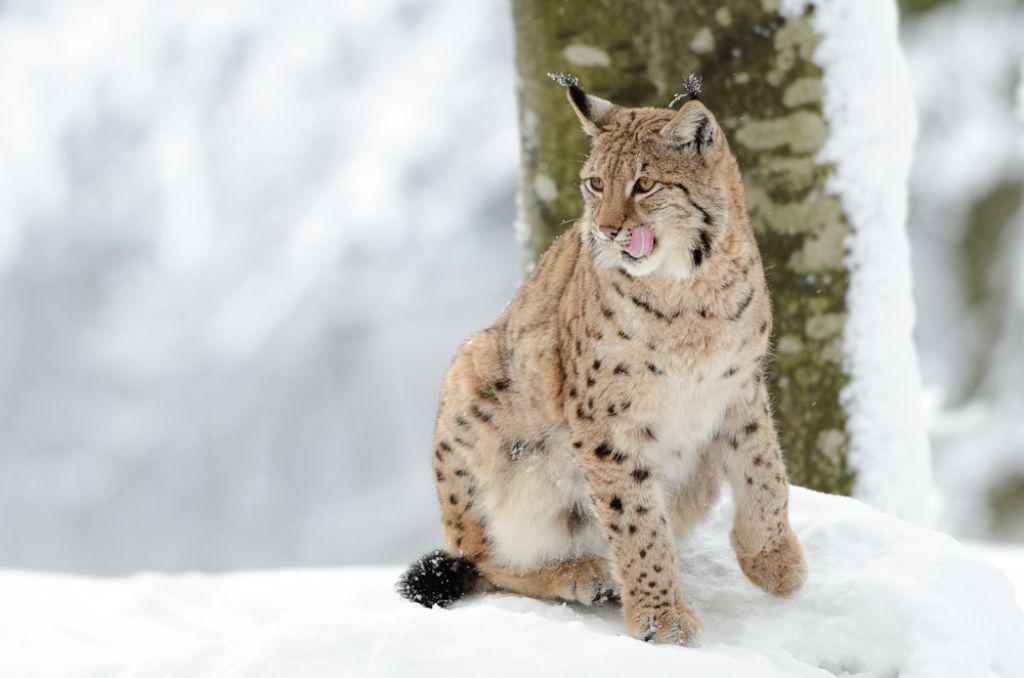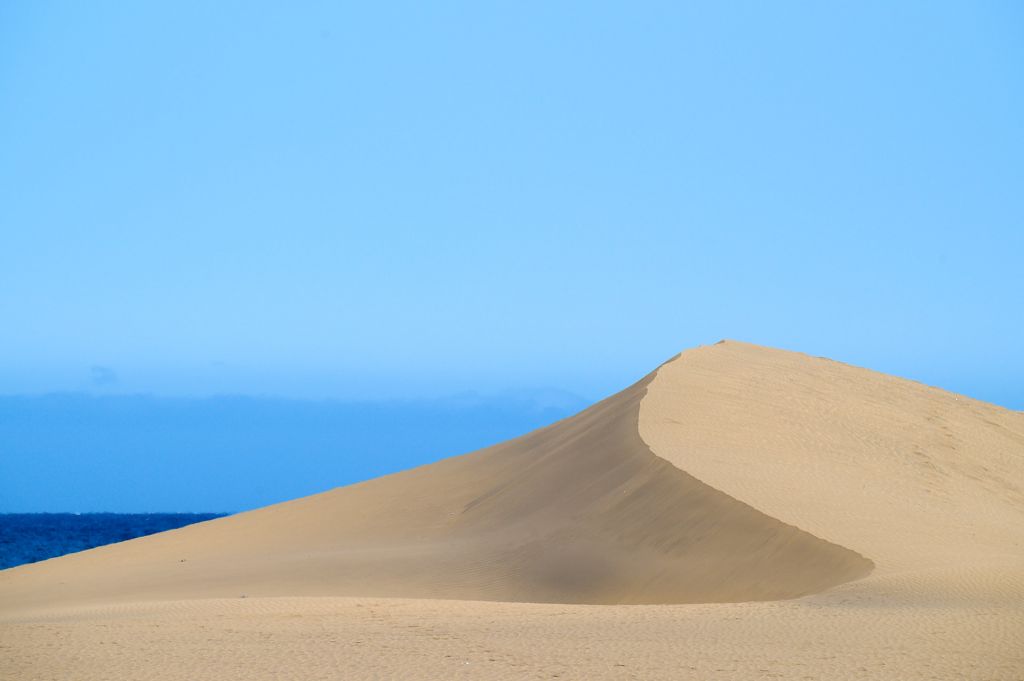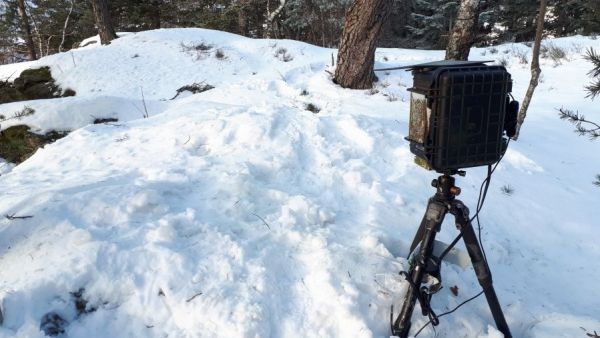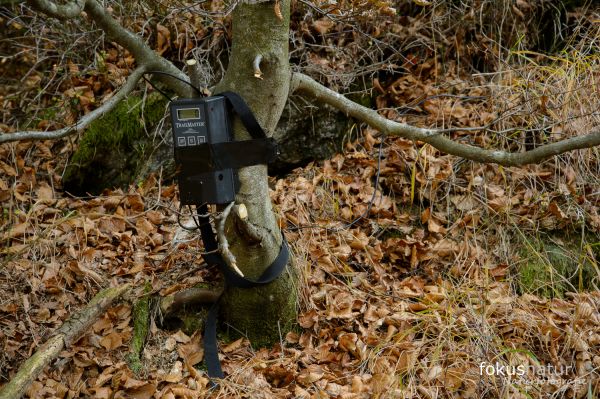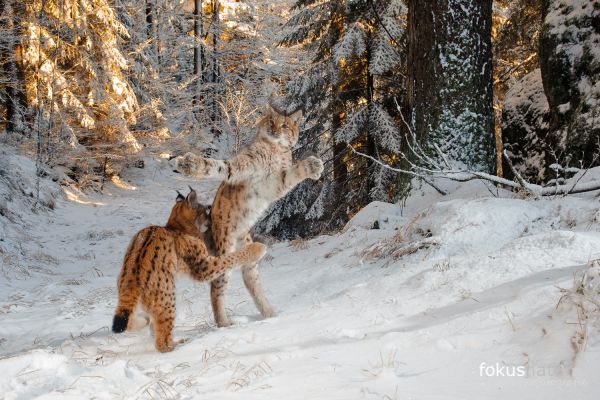Camera Trap Sensors: PIR vs. Beam Break Sensors
Camera traps are indispensable tools in wildlife photography and research, allowing the observation of animals in their natural habitats without disturbance. Two of the most common sensor types used in these devices are Passive Infrared Sensors (PIR) and Beam Break Sensors. Each technology has its unique method of operation, advantages, and ideal use cases.
10 Years in Lynx Territory: Camera Traps Tell Their Stories
Ten years ago, I set up my first camera traps in "lynx territory". At the time, I couldn’t have imagined the incredible insights they would provide into the lives of these elusive cats and their habitats. What began as a personal photography project has since evolved into a valuable collaboration with the organization Luchs Bayern e.V..
Today, these camera traps are an integral part of our conservation efforts. They document the lives of lynxes in stunning images – from solitary individuals roaming snowy forests to mothers playfully exploring the wilderness with their young. But it’s not just lynxes that grace the camera lenses. Deer, foxes, and wild boars frequently appear, showcasing the vibrant biodiversity of our forests.
5 Tips for Stunning Winter Wildlife Photography in the Bavarian Forest Wildlife Park
The Bavarian Forest National Park transforms into a magical outdoor photo studio during winter. I believe the cold season offers unique opportunities for extraordinary wildlife photography.
The combination of sparkling snow and fascinating wildlife presents unique challenges for photographers. Capturing perfect shots in the winter forest requires not only the right equipment but also specific techniques and timing.
In this article, I share my top tips, gathered over years of experience at the wildlife enclosures.
Adventures on Gran Canaria: A Wildlife Photographer’s Family Trip
Gran Canaria—a paradise for family vacations and a hidden gem for wildlife photographers. My family and I had the privilege of visiting this island in late June and early July, and I’d like to share our experiences with you.
Cameratraps during Wintertime
Finally I managed to go back to the area where I placed my cameratraps for european lynx - and more than 1m of snow was a big surprise!
Trailmaster 1550PS - the best Light Barrier for Wildlife Photography
For the work with cameratraps in wildlife photography you need absolutely reliable and resitan equipmant. The light barrier Trailmaster TM1550 PS is exactly what you need. My experiences.
The European Lynx in Bavaria
In May 2015 four cut off front legs of two different lynx were found directly by a cameratrap from the official lynx monitoring project in the Bavarian Forest. For me, it was the reason to try to get images of these beautiful wild cats to show all the people, how beautiful they are and to rise awareness about the cats.



